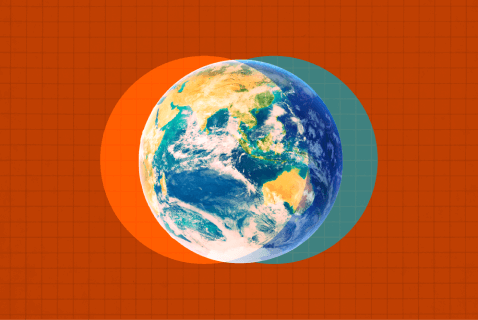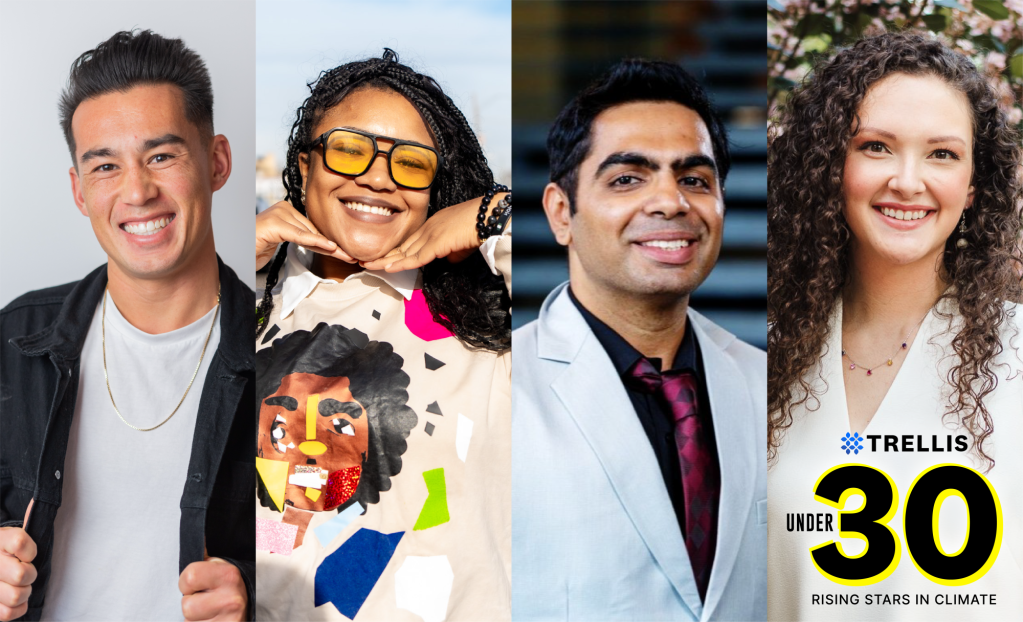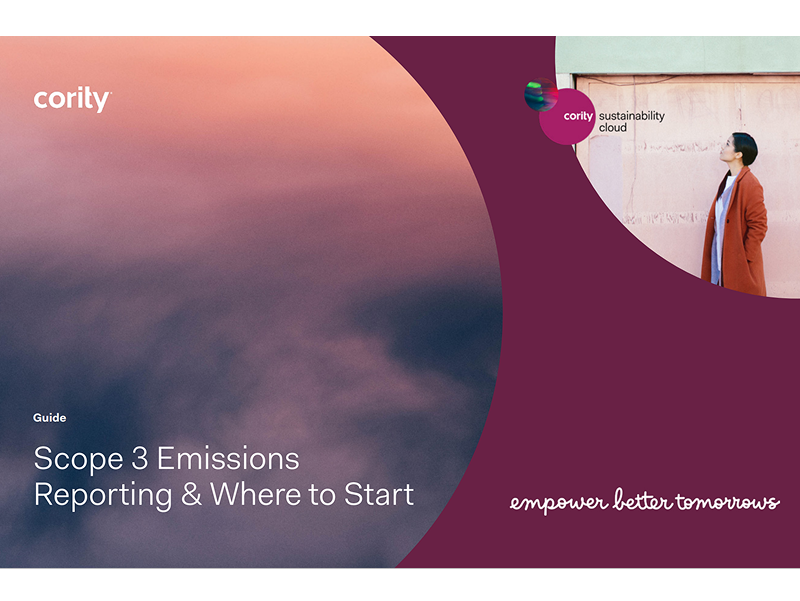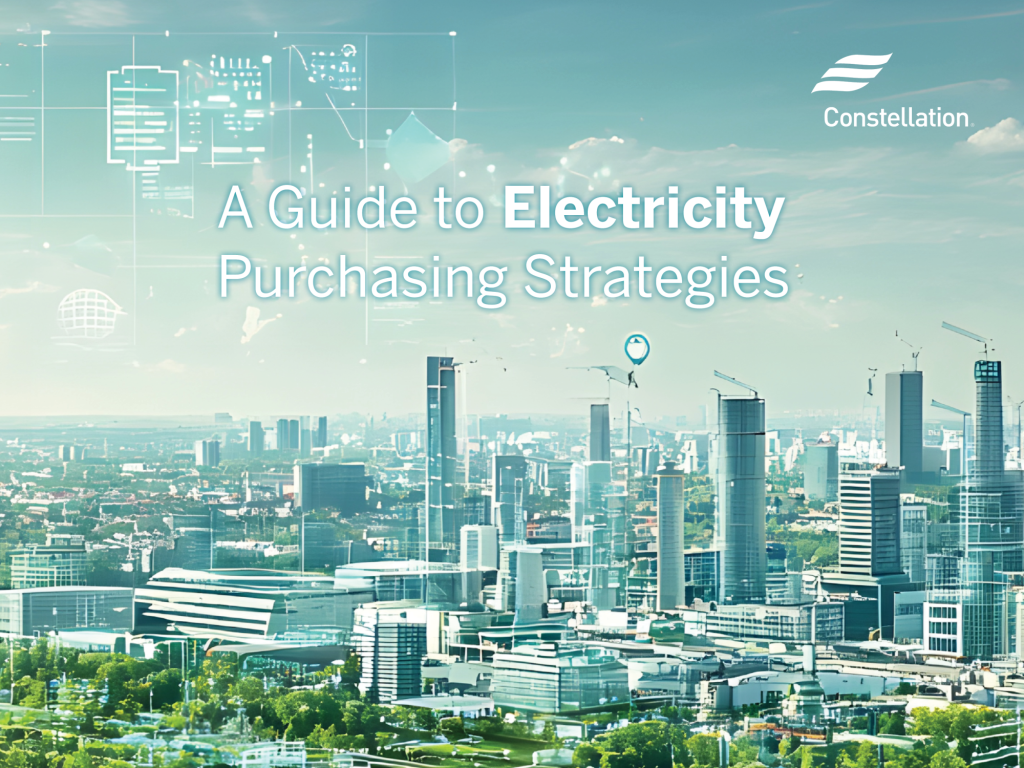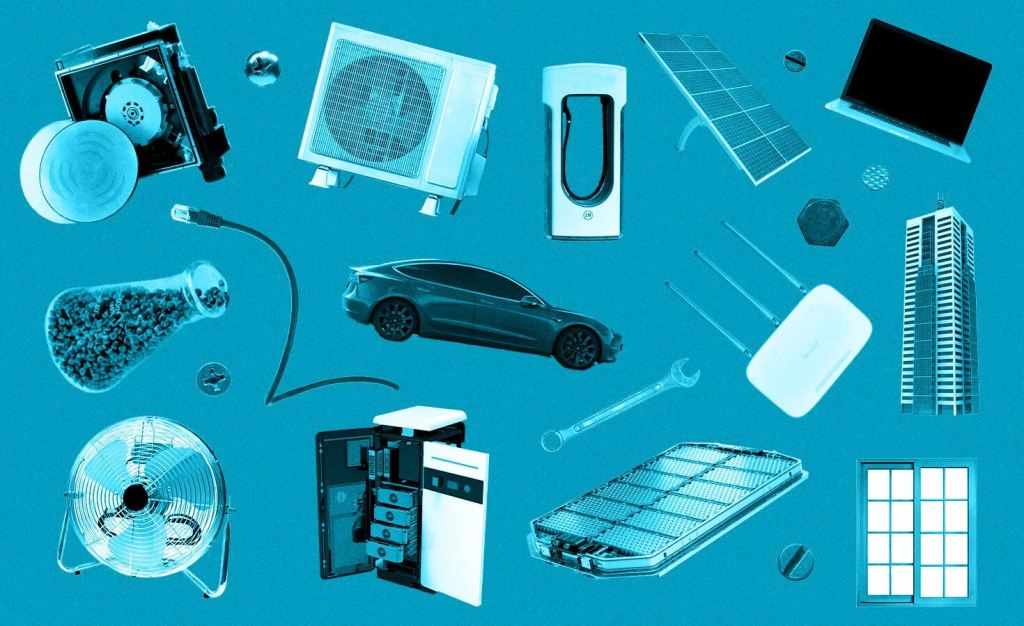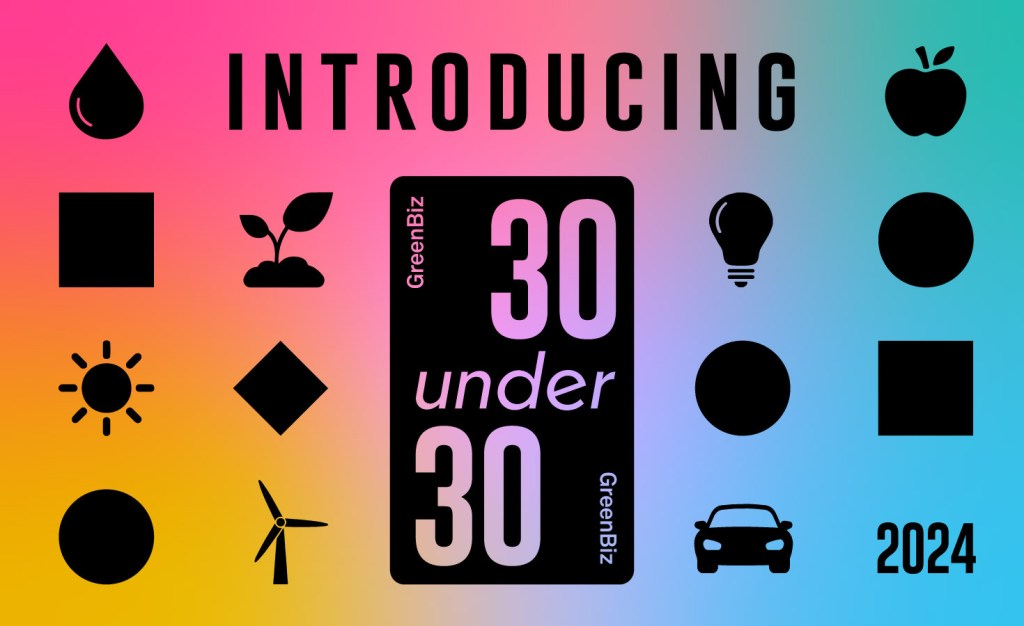Building the digital infrastructure for a circular economy
Eon, an IoT platform, is working with the fashion companies and retailers to minimize waste and build the infrastructure for circular business models. Read More

Everything we physically purchase in the conventional economy is birthed from raw materials and ends its short life as waste. Sustainable system thinking and the internet of things (IoT) changes that narrative by enabling smart technology to connect supply chains, minimize waste and green the economy.
Recently, Bard MBA student Savannah Parsons had a chance to connect with Natasha Franck, founder and CEO of Eon. Founded in 2017, Eon is the leading IoT platform in fashion, apparel and retail — powering end-to-end business intelligence, customer engagement, new business models and more.
Parsons and Franck discussed how circular values are aligning with the market shift toward resale, how Eon has worked with brands such as H&M and Target to design the language for connected products, and how those products bring the customer closer to the brand.
Savannah Parsons: Tell us about your company’s mission — what have you been working on for the past few years?

Natasha Franck: Eon is an internet of things platform. We power connected products for brands and retailers with a vision of introducing products to power the circular economy. We bring an end-to-end business intelligence technology, transparency and customer engagement throughout the entire product lifecycle.
Where we are today is that products aren’t truly identified across the life cycle. This means that brands don’t have the infrastructure to support circular business models like resale, rental or recycling that require information about the product.
Eon provides the brand with the ability to start to identify every product it creates so that each product has a “digital birth certificate” and a passport. Then, that information can be accessible through the physical product, which means that product can be scanned and information about its material content can be accessed by recyclers. If a product can be scanned, information about it can also be accessed by a retailer. Or the product could be scanned by the customer, who then has access to new services from the brand.
The digitization of the products brings intelligence to the product lifecycle and ultimately enables every asset to be managed in a circular way.
Parsons: What prepared you to start a company?
Franck: When I was with Delos, I focused on using technology to design healthy and sustainable urbanism. Through that work, I started to see that one of the biggest challenges to our future was waste, lack of natural resources, and the pollution associated with the creation of goods. I became interested in the circular economy and how to enable the business model shift for industry toward a circular model.
Ultimately, though, we couldn’t manage the products in materials because there was no way to identify them. We couldn’t separate out super high quality cotton from a really cheap polyester. That led me to focus on the identification management of products as a crucial enabler for a circular economy.
As I started to dive into the business opportunity for brands and retailers, I realized the identification and connectivity of a product has the potential to drive an ongoing relationship with the customer. Today, a brand sells a product and the customer takes that product and they have no communication after that point of purchase.
Alternatively, connected products create an ongoing gateway for communication between a brand and a customer through the physical product. The product could be scanned to access instructions on what to do with that product next, whether to take it back or to rent another product. This idea of identification of products brings the customer and the brand closer together to create a foundation for the closed loop.
Parsons: What was the process behind developing the technology for the CircularID Protocol?
Franck: There have been years of work in research and development to design the CircularID protocol. It’s become the foundation for the structure of how we digitize products and structure the data of each and every connected product.
When a brand looks to digitize a product, it’s important to ask: How do they structure the data about the product? How did they say that it’s blue or midnight blue? How did they put in the material content in a universal language that can be understood by their recycling partners, their designated resell partners, their rental partners? How does the product communicate in this open and interconnected system?
We spent two years working with large stakeholder groups like H&M, Target, I:CO, Waste Management, SAP, Microsoft and GS1. These circular economy stakeholders, enterprise tech platforms and large brand retailers collaborated to design the language for connected products.
Now that we’ve completed the protocol, we’re launching connected products with these brands and neighboring the communication between the brand and the circular economy stakeholder.
Historically, brands have had no real way to communicate with their retail partners or resellers who received the product. They’ve been left to manually identify those assets and try to guess all the descriptive information associated with the product. Brands have also had no way to communicate with recycling partners about all the details of the material component.
Eon works with the brand to associate that data to the physical product, whether that’s in an embedded ID tag or QR code, so that now when that product is received by one of the brand partners, they can scan the product, access that data and record the interaction on the product passport.
It’s about building a language for products to be able to communicate across their life cycle.
Parsons: If any, what are the roadblocks in getting retailers and brands on board?
Franck: We’ve been very focused on the intersection between circular economy and business value. It’s interesting that the “circular economy” has really been a sustainability term, because this is a business imperative for brands that want to reach the digitally native customer and service these changing consumption patterns.
Resale is growing significantly in the next few years. By 2028, it’s expected to be bigger than fast fashion as an overall market, which has very real business implications that brands and retailers need to start preparing for.
We see the leaders in this space moving quickly to adapt and build the digital infrastructure that supports them to meet these changing models. It’s really exciting to see the circular and sustainable values align with these business model shifts, because that’s ultimately what will accelerate impact.
Parsons: What does the future of Eon look like over the next five to 10 years?
Franck: We believe that every product needs to have an identification system. There’s a responsibility to identify every product as well as the business imperative. We see digitized identification of products becoming the new norm.
As a company, we plan to drive that identification and also ensure that whenever the product is identified, it’s embedded with principles of circular economy. A lot of technology is developed simply for technology’s sake, and not necessarily tied to a broader system or vision. For us, it’s very important that this identification of a product is also married with the circular economy principles.
The above Q&A is an edited excerpt from the Bard MBA’s May 29 The Impact Report podcast. The Impact Report brings together students and faculty in Bard’s MBA in Sustainability program with leaders in business, sustainability and social entrepreneurship.
